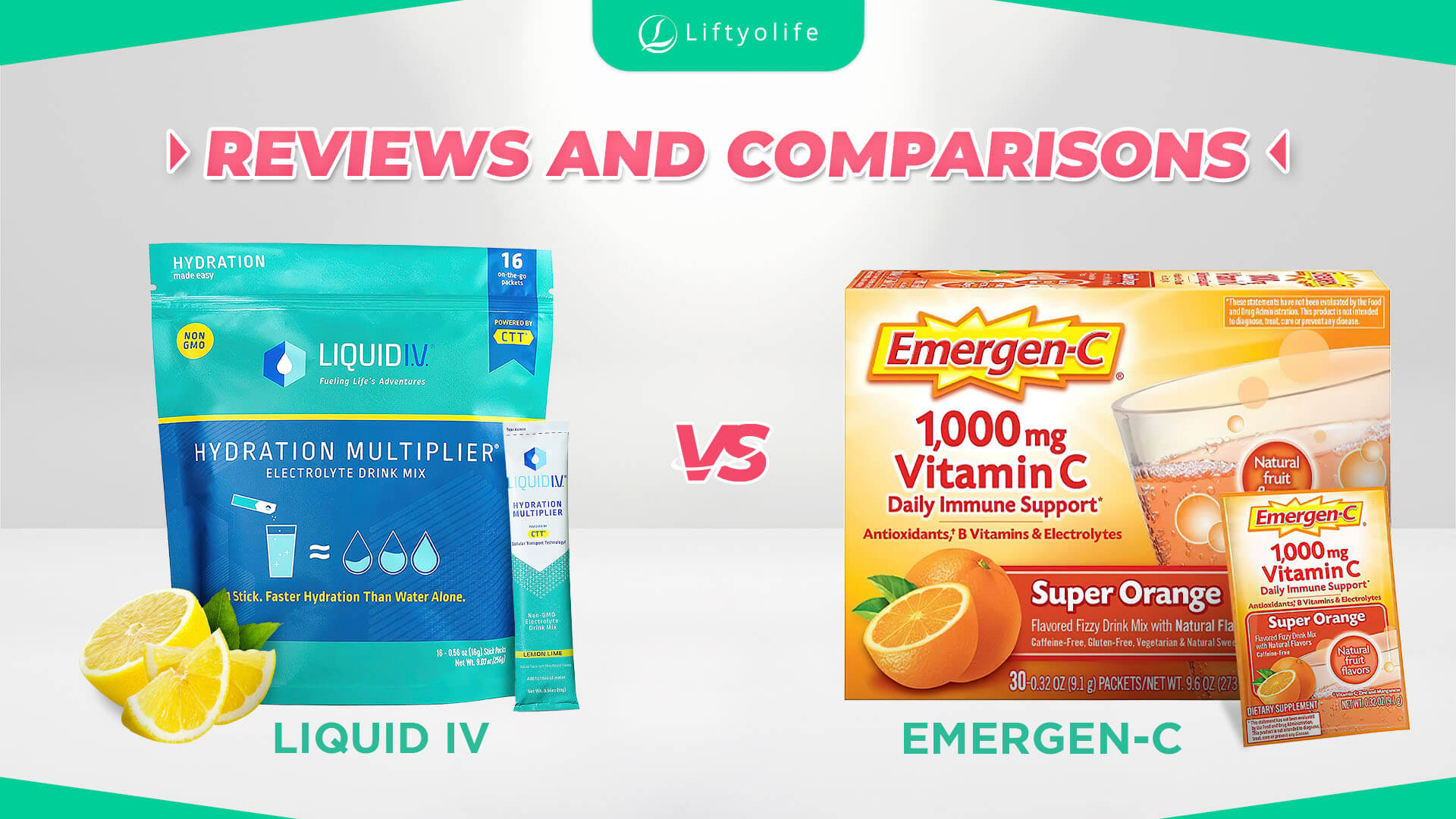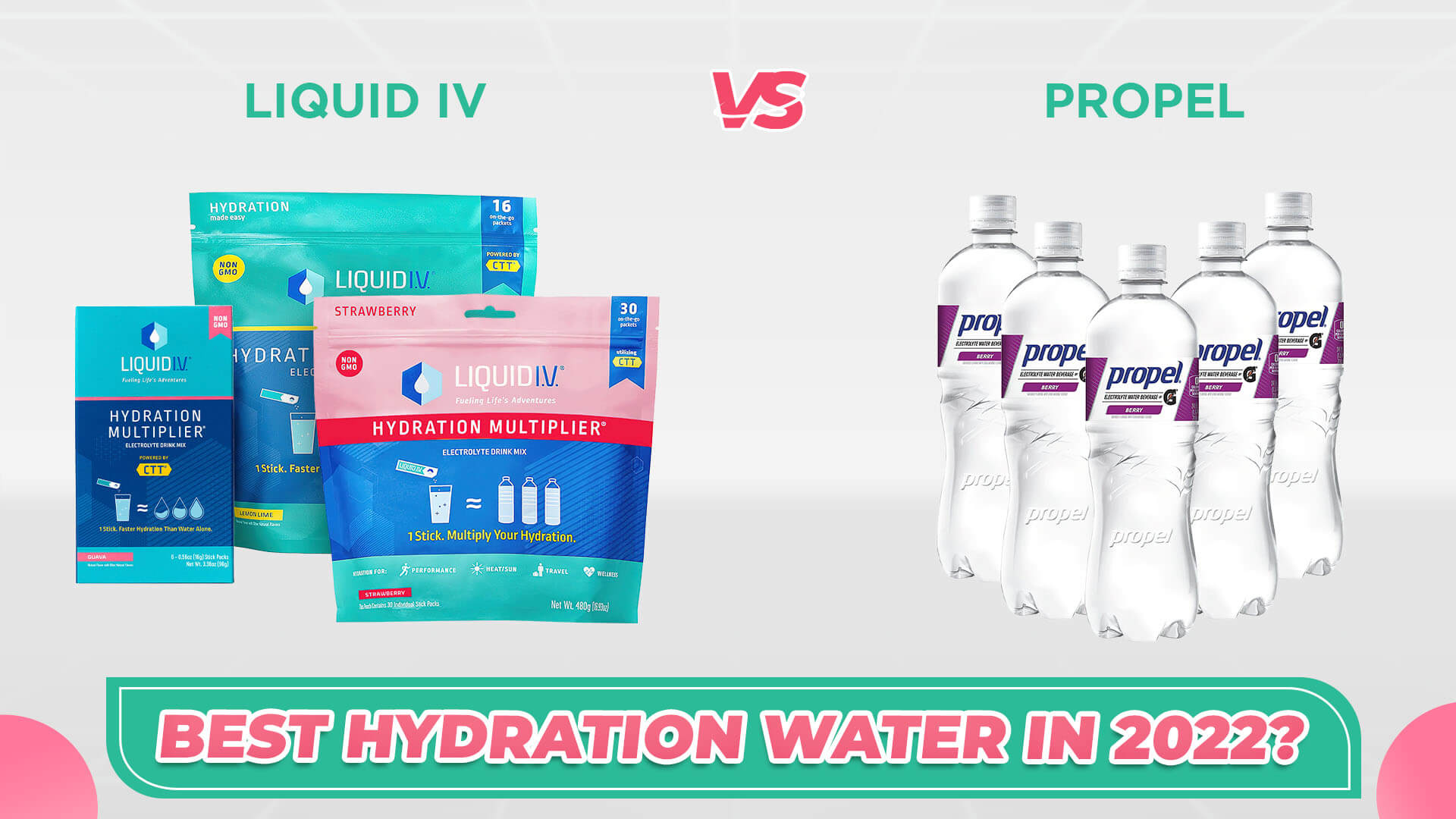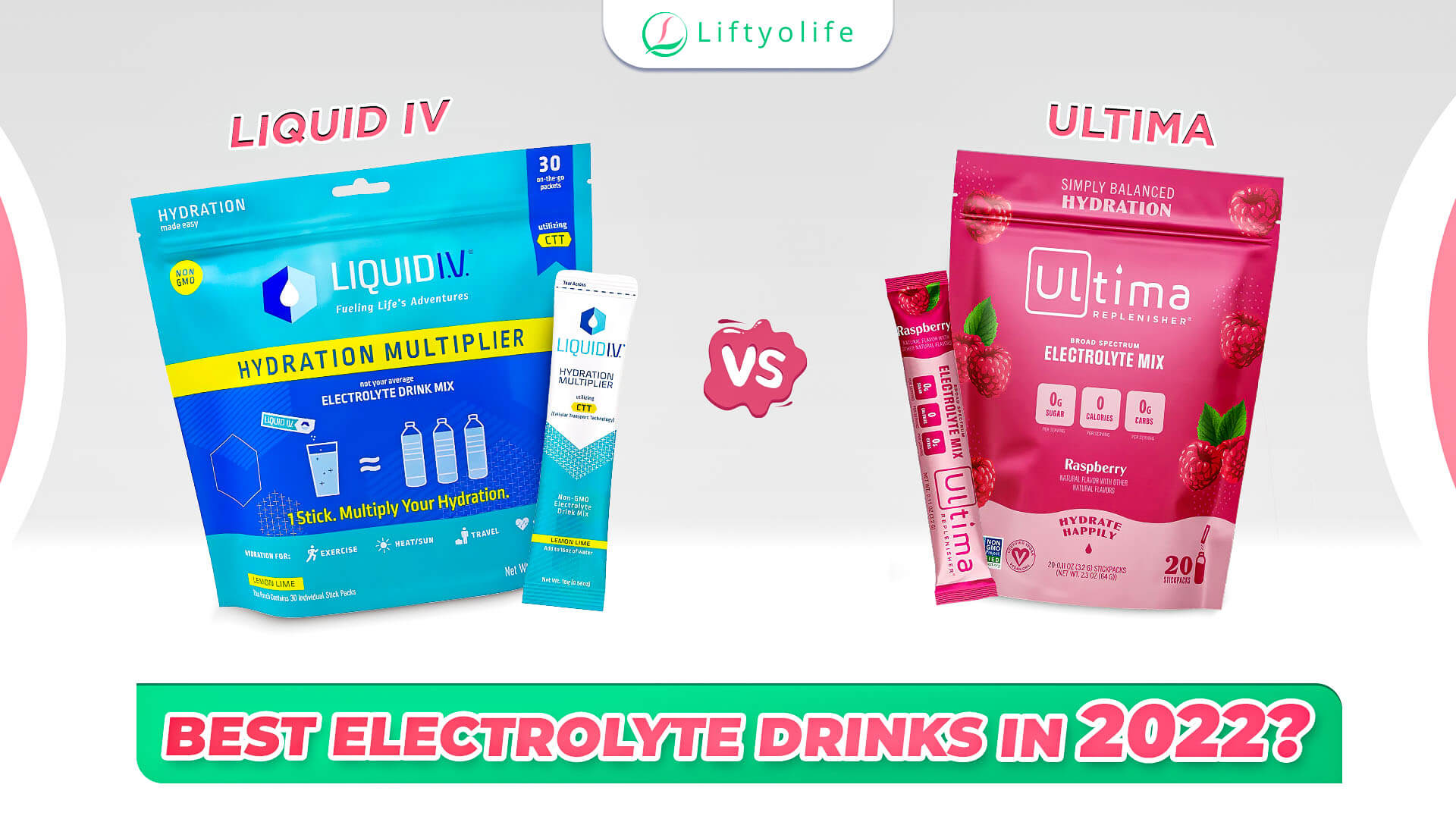How To Build A Skincare Routine?
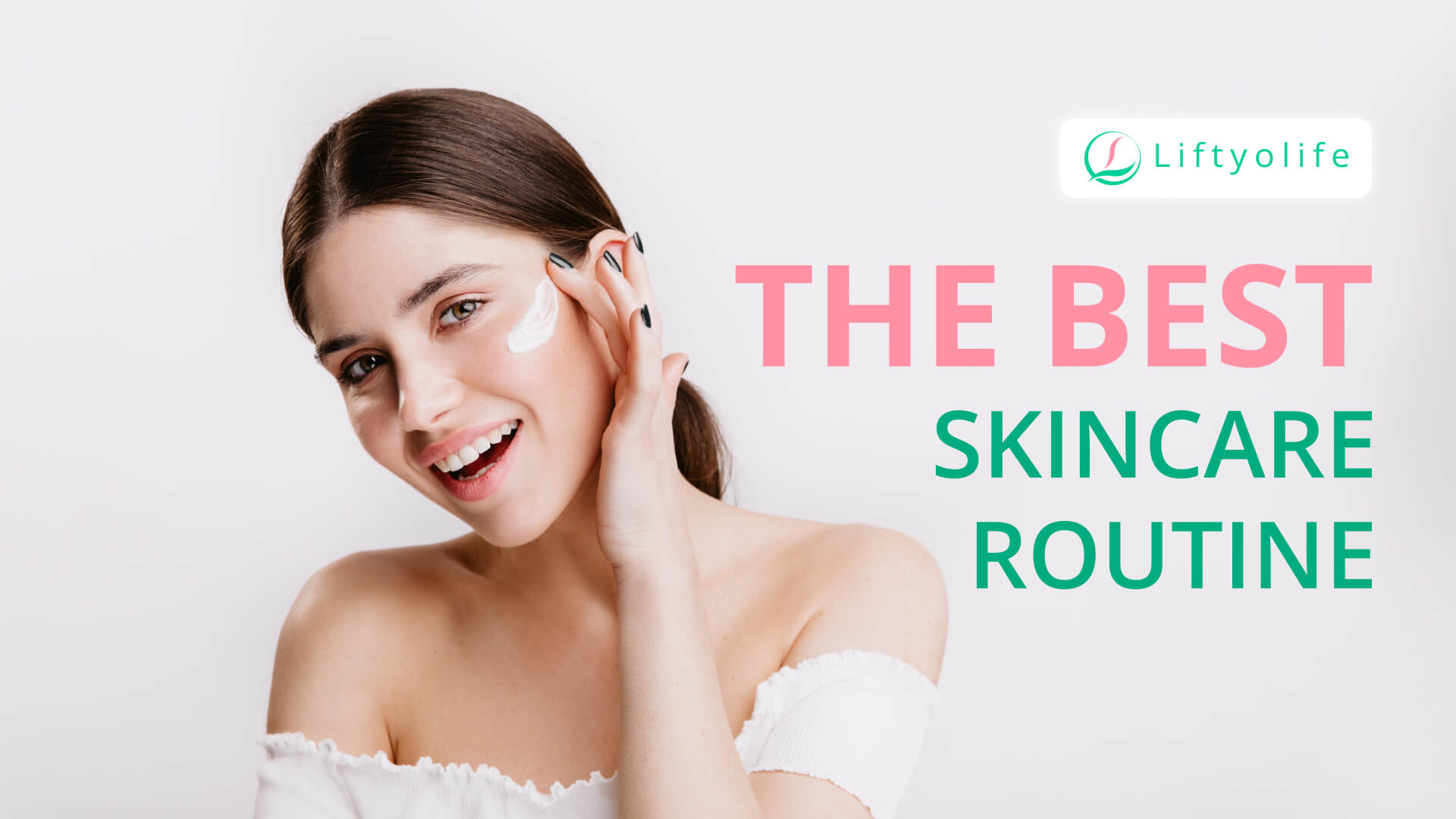
How to build a proper skincare routine? Many people begin a basic skincare routine in their teens and twenties. However, it’s not too late to start caring for your skin, even older. Developing good skin care habits and routines will benefit you at any age. Liftyolife (liftyolife.com) has everything you need to know about skin care routine. This article is for you.
1. The importance of age-targeted skin care routines
Preventative measures taken in your twenties will help your skin age gracefully and delay the appearance of more visible signs of aging. You should be in the habit of a routine by your early twenties, and you can up the ante by incorporating anti-aging products. Consider including antioxidant serums and creams on your shopping list by your late twenties to help combat aging skin.
Skin health deteriorates as we age, in addition to free radical damage from pollutants and the sun. We are all affected, and many of us are unaware of the causes of extrinsic aging. Aging is a complicated process that involves skin health on multiple levels, necessitating products containing antioxidants, anti-inflammatories, growth factors, and substrate components that the skin requires daily. As these levels decline with age, these needs become increasingly pressing.
- Chronological aging is characterized by fine lines, skin thinning, and loss of firmness due to insufficient collagen production.
- Extrinsic aging is primarily caused by prolonged sun exposure, which causes increased skin redness, wrinkling, discoloration, and a leathery appearance. Ultraviolet rays can also cause increased collagen and elasticity destruction.
A good skincare routine is intended to clean and maintain healthy skin, protect against internal and external factors, and repair any existing damage. As a result, your morning routine should ideally include skin care products that provide protection and prevention, whereas your night routine should focus on cleansing and repairing products such as night cream.
2. Morning skincare routine
Six simple steps to build the best morning skincare routine:
2.1. Cleanser
Face cleansing is the very first step in any skincare routine because it removes impurities and excess oil, clogs pores and dull skin. But proceed with caution. Cleanse too vigorously, too frequently, or with an overly harsh cleanser, which will erode your skin’s protective barrier. If you have sensitive skin, try washing your face only at night and rinsing it with water in the morning.
Rub a small amount of gentle cleanser between your clean palms. Use gentle pressure to massage face washes all over your face. Then rinse your hands and massage your face with water until the cleanser and grime have been removed. Finally, using a soft towel, gently pat your face dry.
Your personal skin type will determine the best cleanser for you. Avoid sulfates, which have a harsh, stripping effect on your skin, and look for appropriate actives for your needs. I prefer a hydrating facial cleanser with peptides for normal to dry skin. If you have oily skin, use exfoliators cleansers with salicylic acid or other oily skin cleansers to remove dead skin cells that can clog pores. If you’re combination skin, find simple and suitable cleansers or follow the advice and tips from a dermatologist.
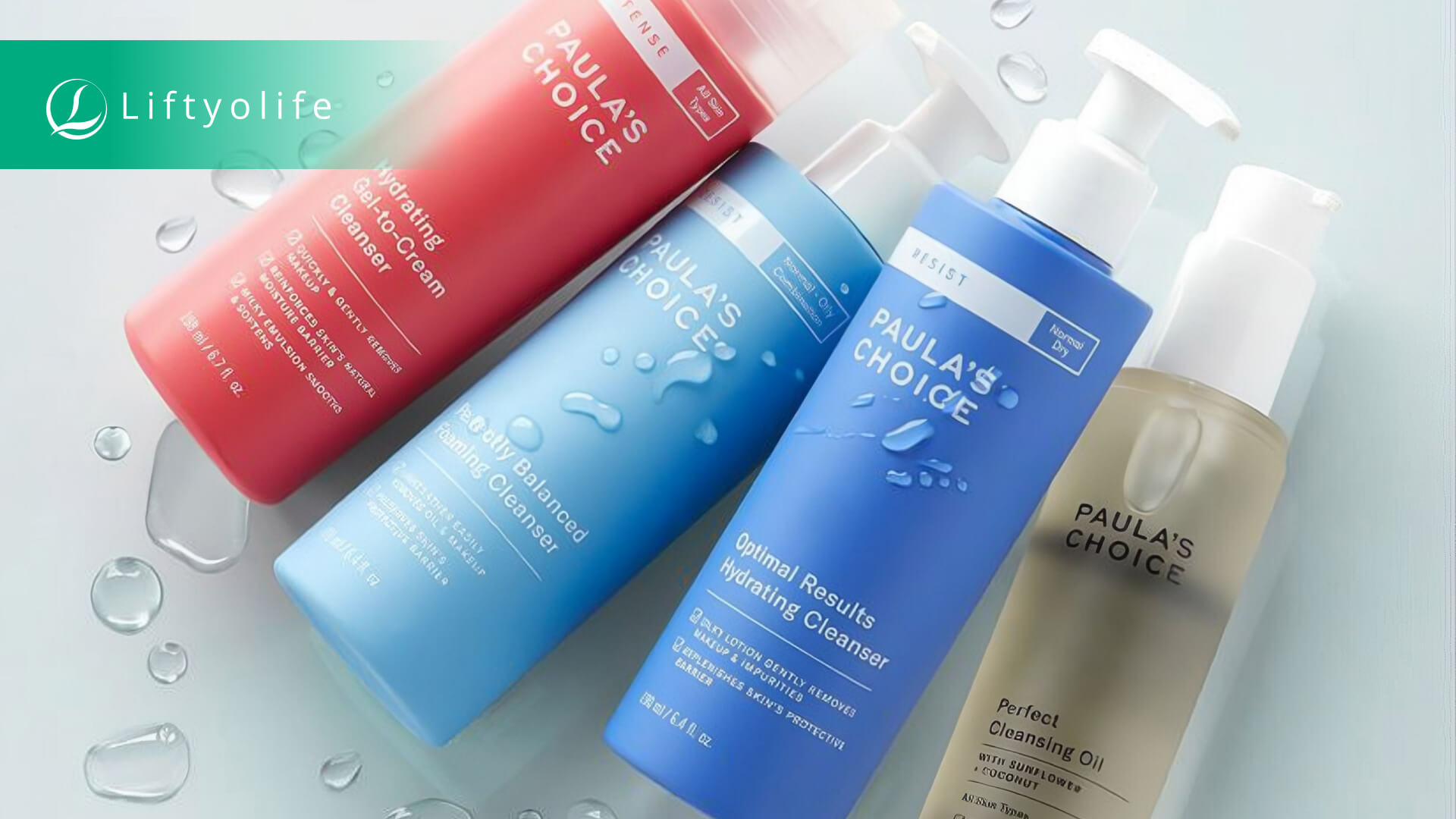
Cleanser
2.2. Toner
If you have acne-prone skin, look for toners that contain anti-acne ingredients such as salicylic acid. Swiping one on can help refresh skin, remove residual debris, and balance pH. For dry or sensitive skin, look for hydrating toners free of alcohol that contains soothing ingredients such as glycerin and hyaluronic acid.
If you use toner, apply it after you clean your face and layer any other products. Using your palms or a cotton pad, swipe a few drops of toner onto your face.
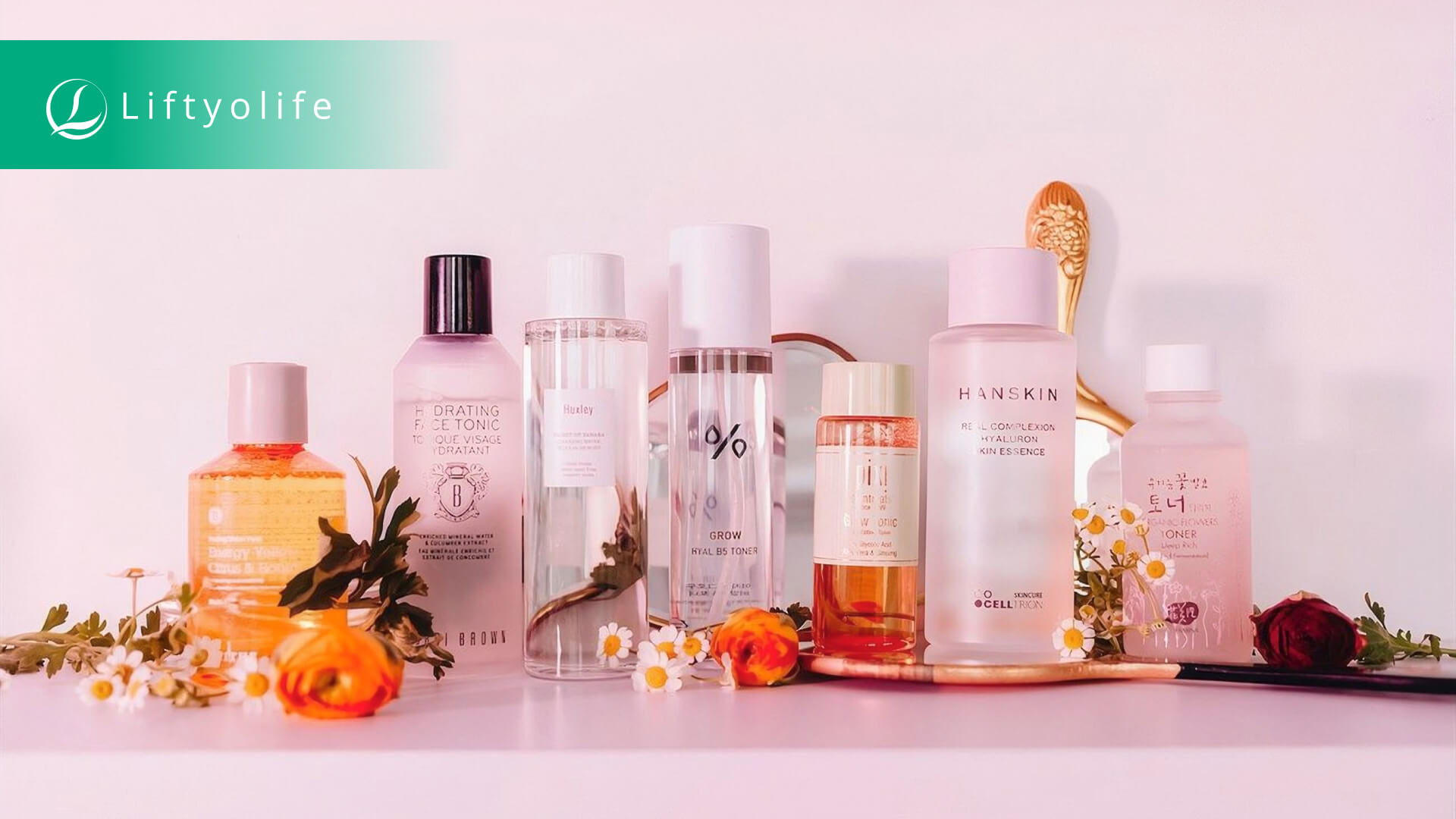
Toner
2.3. Serum
This is the step where you’ll apply the majority of the active ingredients to your toner/essence-primed face, and it’s critical to do it early in your routine. On the other hand, serums are intended to provide you with a high concentration of targeted ingredients tailored to your skin type. Serums can be oil-based, gel-based, or liquid-based.
During the day, you should use serums containing antioxidants to protect the skin from daytime stressors such as free radicals, blue light, and pollutants. The most prevalent ingredient for this is vitamin C, readily available in serum form. Whatever method you choose, keep the following in mind: Water-based serums should be applied before moisturizer, while oil-based serums should be applied after.
Serum contains concentrated amounts of active substances, works with a variety of skin concerns, including dark spots and wrinkles in an effective way.
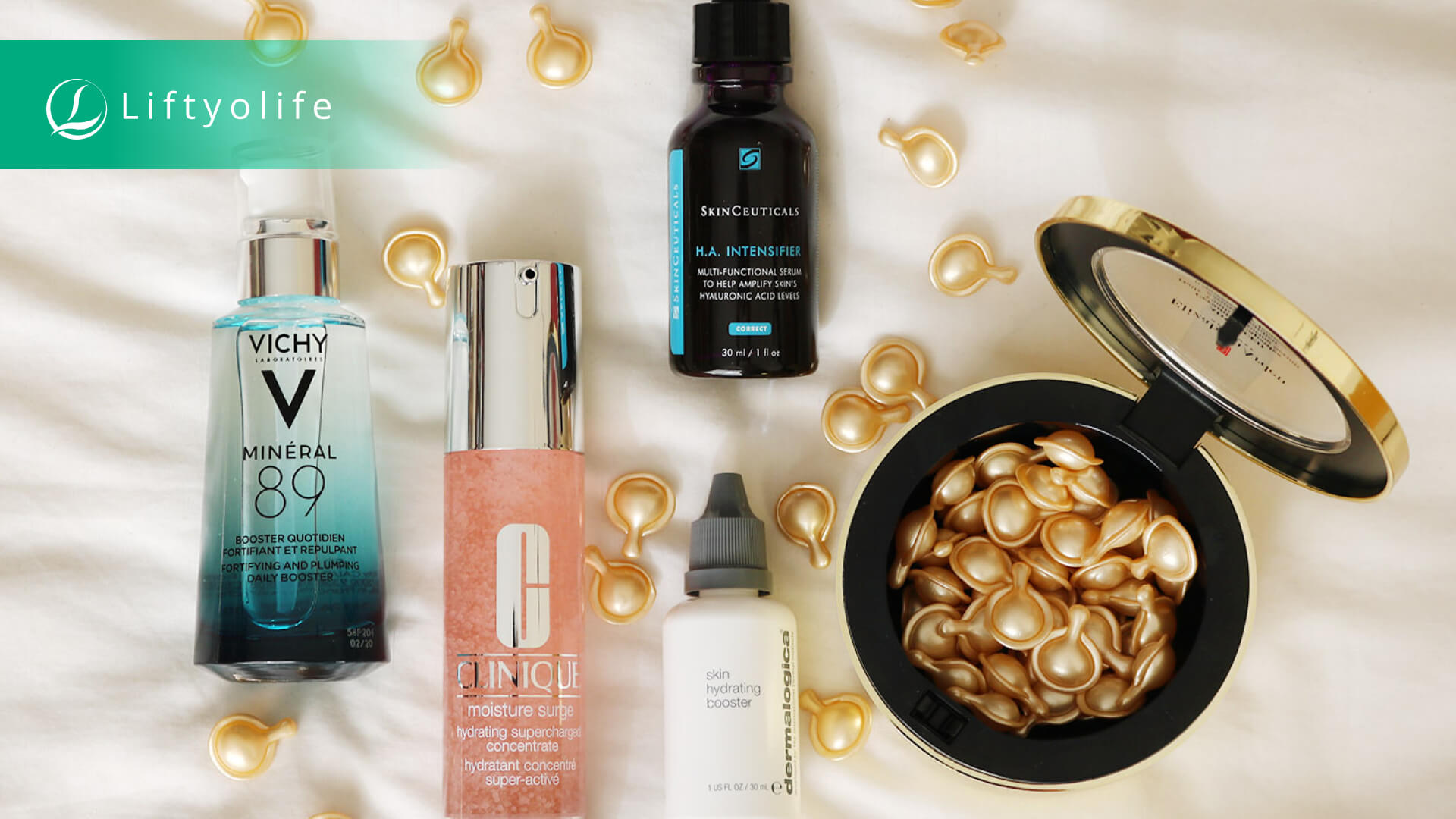
Serum
2.4. Eye cream
Lightly tap on a formula targeted to your eye-area concerns with your ring finger (your weakest) to avoid causing damage to delicate skin.
You can apply regular moisturizer to your under-eye area, but if you want to use specialized eye creams, layer it underneath the moisturizer because it’s thinner than face moisturizers.
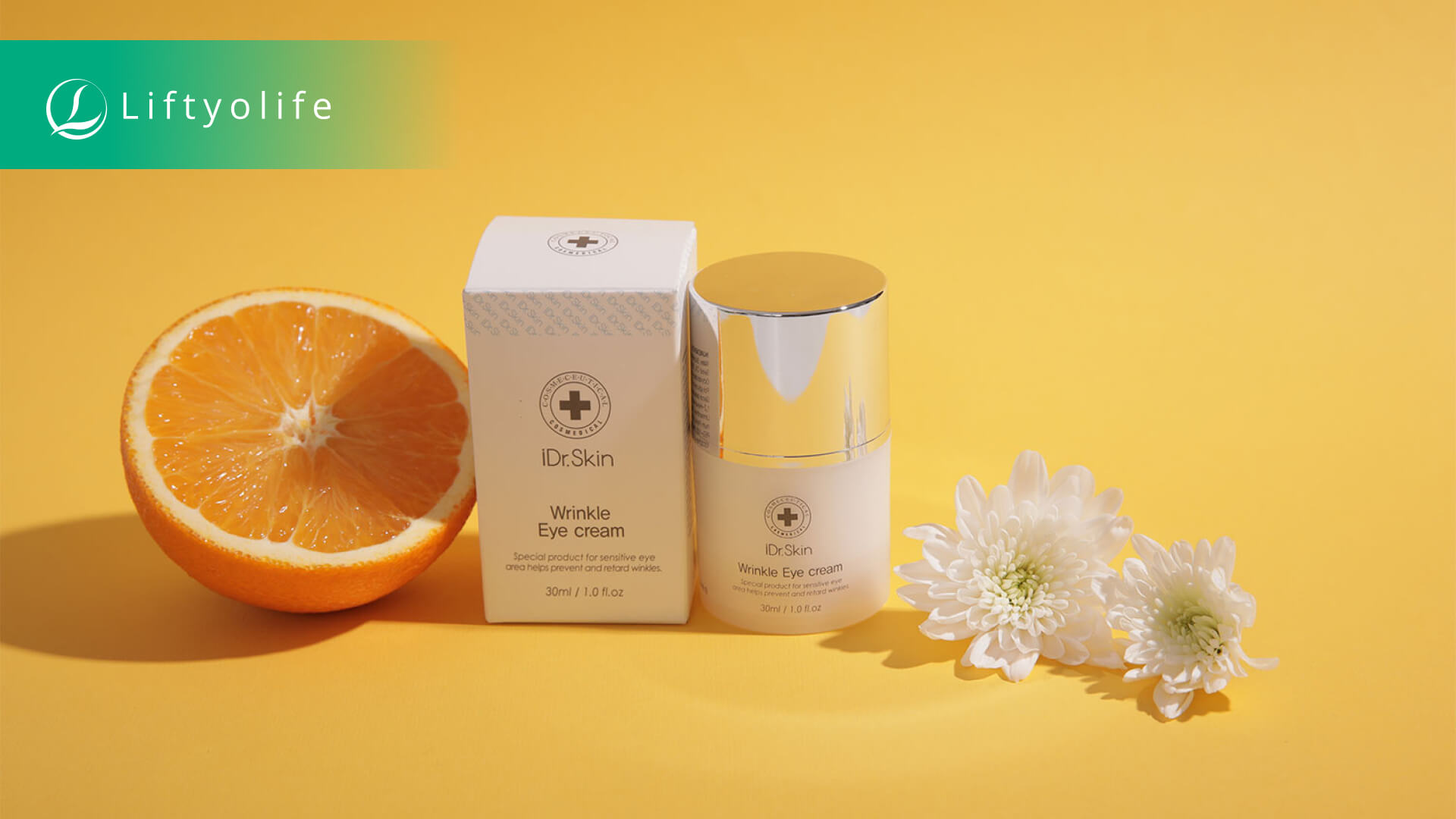
Eye cream
2.5. Moisturizer
Moisturizer hydrates the skin as well as locks in all of the other layers of product you’ve applied. Look for a lightweight lotion with an SPF of 30 or higher for the morning. In other words, unless you have dehydrated skin, choose a lighter moisturizer for the day, such as a lotion or gel that absorbs quickly and does not pill under makeup.
Another tip is to double up on serum and moisturizer actives. For instance, if you apply a vitamin C serum in the morning, you can boost the benefits by layering a vitamin C moisturizer on top.
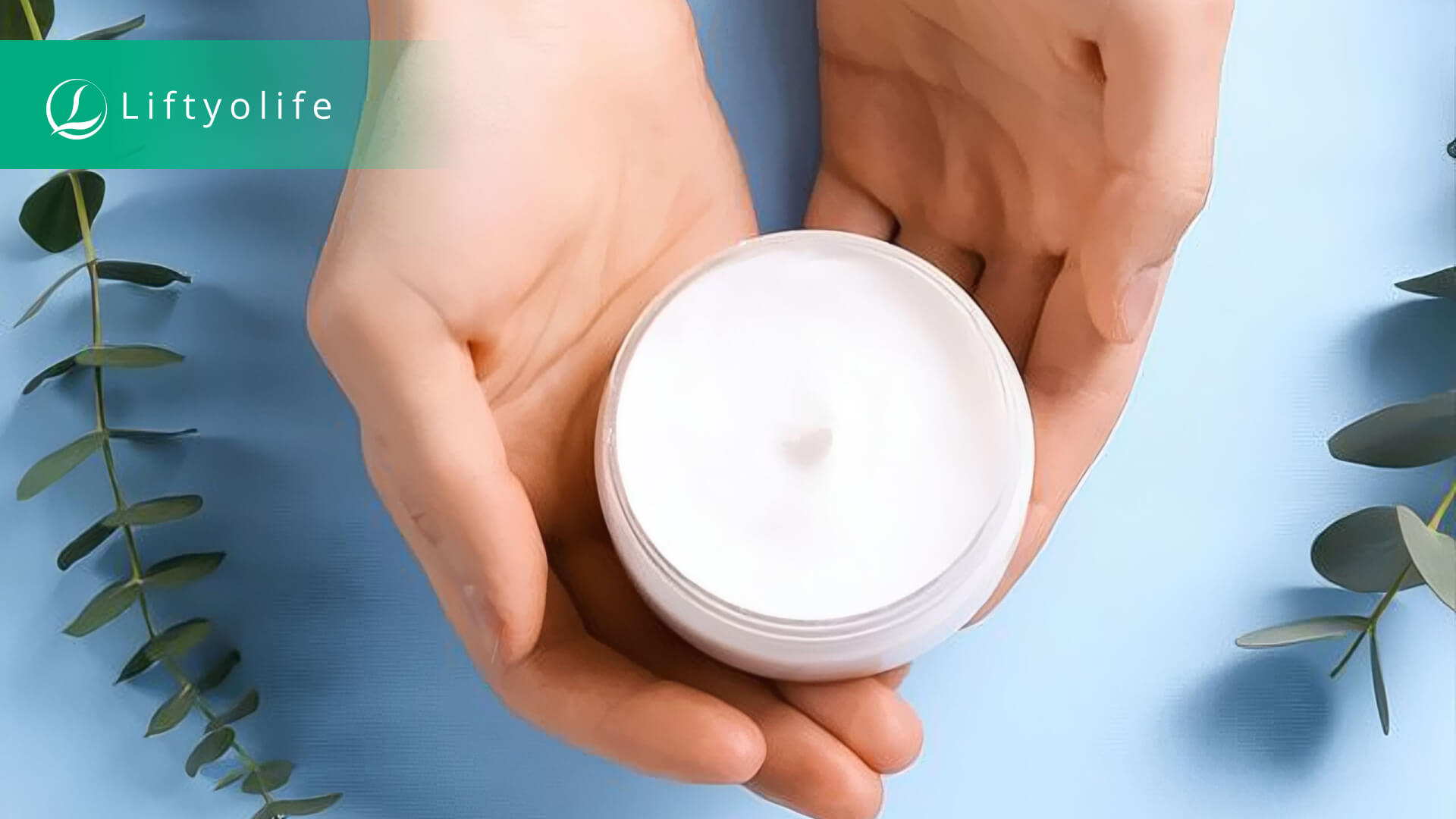
Moisturizer
2.6. Sunscreen
Sun protection is an essential part of any skincare regimen. Skin cancer and signs of aging can be avoided by protecting your skin from UV rays.
Even if your moisturizer does not have SPF, you should still wear sunscreen. Apply a broad-spectrum SPF 30 or higher face sunscreen to your neck and the backs of your hands as a final step in the morning. To get the most out of chemical sunscreens, wait 20 minutes before going outside.
You can choose between chemical and physical sunscreens. Physical blockers often work by reflecting light away from your skin and contain minerals such as titanium dioxide and zinc oxide. On the other hand, chemical blockers absorb sunlight and convert it to heat, preventing it from penetrating your skin. Mineral formulations are often better for sensitive skin, whereas chemical formulations are thinner and easier to spread.

Sunscreen
3. Night skincare routine
Seven main steps for night skincare routine:
3.1. Cleanser
You need to cleanse twice at night if you wear makeup. First, use a cleansing oil or micellar water to remove your makeup. To avoid rubbing your eyes, try leaving dedicated eye-makeup removers on for a few minutes to let the makeup come off more easily. After that, gently cleanse your entire face.
Applying the same cleanser as in the morning, working from the inside of the face outward, then out and down along the hairline and perimeter to just below the chin.
3.2. Toner
If you use a toner, use it in the same manner as you would in the morning. Because toners are liquids, they should be applied before heavier formulas such as serums and moisturizers are absorbed.
If your toner exfoliates with ingredients such as glycolic acid, use it only at nighttime. Hydrating formulas are safe to use twice a day. Exfoliating toner and retinoids or other exfoliants should not be used simultaneously.
3.3. Serum or treatments
While sleeping, it is important to use products containing ingredients that work effectively to slough off dead skin cells or stimulate cell turnover. These silky textures brighten and conceal pores. Alternate between retinoids and the spot-fading active ingredient hydroquinone when treating hyperpigmentation.
Furthermore, at night, use a moisturizing serum containing hyaluronic acid to keep your skin from drying out, especially if you’re using anti-aging that can irritate and dry out the skin. Exfoliants such as alpha-hydroxy acids (AHA) or lactic acid can also be found in serums.
3.4. Eye cream
Dab a small amount of your face serum or treatment, or eye creams if you use one in the morning, around your eyes.
Look for ingredients like peptides, which help tighten and depuff your skin, as well as antioxidants, for the best results. It is recommended to use formulas with hydrating hyaluronic acid, brightening caffeine, and ceramides (which lock in moisture and help boost your skin barrier).
3.5. Acne treatment
If you have a blemish (or several), use an acne treatment at this time. Instead of treating pimples as they appear, be proactive in dealing with chronic breakouts. You’re getting flights because oil is clogging your pores, so stick to your routine to keep your pores clear all over your face. If your skin is blocked, you will get acne right next to the spot if you only treat the site.
3.6. Moisturizer
Moisturizing is essential at night because it forms a barrier that seals in the skin’s natural hydration and any active ingredients to counteract moisture loss overnight while you sleep. The dermatologist recommends using the same non-SPF moisturizer you use during the day or trying a night-specific formula.
3.7. Bonus: Face oil
Apply face oil after your other skincare products because nothing else will penetrate the oil. Warm 2-3 oil drops in your palms and pat lightly over your face to apply. After the rest of your leave-on skincare products have dried, use face oil for a nourishing boost.
Stress can be read on your face — literally because high cortisol levels (a stress hormone) can weaken your skin, cause acne, and even hasten wrinkling. Aside from actively implementing a scientific and regular skincare routine, regular exercise, adequate rest, meditation, and finding ways to feel positive are all positive activities that can help your skin be healthier. Allow Liftyolife (liftyolife.com) to assist you. The outcomes will be visible since we try our best to give you valuable advice from the dermatologists. Remember to follow us on our website, Twitter and Facebook for new information updated every day.
==> Read More:




